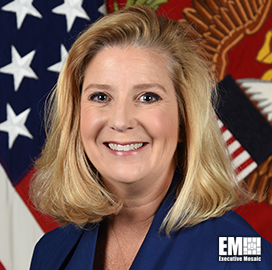Defense contractor LinQuest has recently deepened its digital engineering capabilities, shifting the prioritization of various technological approaches to match its U.S. Department of Defense clients’ needs.
Specifically, the LinQuest team has been tasked with duties surrounding the WeaponONE initiative at Eglin Air Force Base and a modeling-focused project to help the Air Force Research Lab modernize strategic development planning procedures, the Los Angeles, California-based company said on April 20.
“[LinQuest’s] outstanding support is critical to realizing our vision of the digital transformation of the weapons digital enterprise,” remarked James Sumpter, WeaponONE program manager at the AFRL.
The company’s role in helping shape WeaponONE has been ongoing for the last two years. W1 is a suite of programs that encompasses the weapons digital enterprise, the weapons Digital Twin Lab and a software factory/innovation center, as well as RogueONE, Data Prime and Digital Prime.
Harnessing tools such as agile project management approaches, commercial cloud and modeling, simulation and analysis, LinQuest is assisting to construct an open digital environment for the Air Force base. To do so they are collaborating with the Air Force Life Cycle Management Center Armament Directorate Weapons Systems Program Office and the weapon test wings within Eglin.
LinQuest’s engineering for the W1 government reference architecture entails implementing a model-based system in order to move away from document-based weapons acquisition, in addition to creating a replicable or reusable format for future digital weapons programs.
Their efforts, which draw heavily on model-based systems engineering strategies, have been honed on similar endeavors over the past several years with the U.S. Space Force.
Since January, LinQuest has been aiding warfighters’ combat effectiveness through the evolution of the AFRL’s strategic development planning processes from document-centered to model-based. To achieve this objective, the company has distinguished process inputs and outputs, fostered rapid analysis of traceability of the organization’s initiatives to Air Force requirements and developed auto-generation for the initiative roadmap.
LinQuest recently highlighted these accomplishments at the inaugural Department of Air Force Modeling and Simulation Summit at Eglin Air Force Base.
The contractor also landed a $48 million award from the AFRL in March, committing them to five years of engineering support for the artificial intelligence-powered aircraft Skyborg Vanguard Program.








